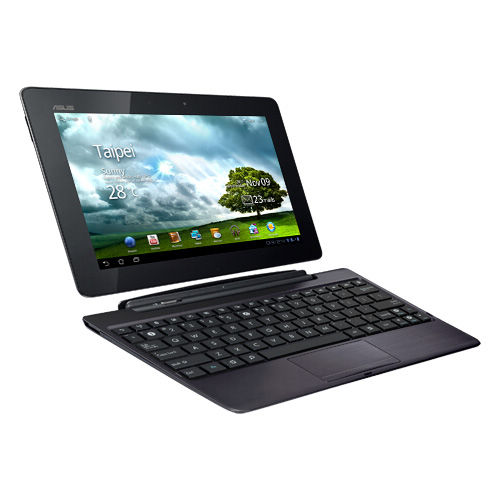For about five years I've carried a series of Windows laptops, almost all the time. Seeing the proliferation of Google's Android OS, flash storage, and new cpu's, I started thinking about alternatives.
My Requirements
- An attached keyboard for two-handed touch-typing. Wireless and USB keyboards are fine, but I want to be able to put the device on my lap and type. I've watched friends prop up their tablets and keyboards separately, and I don't want to live like that.
- Multitasking
- More software control than I could get with the iPad. Apple puts a lot of restrictions on their portable devices, and those probably benefit most users. When I had an iPad, I was often frustrated with little things, like not being able to change the default web browser, and near-manual updates to mail on Exchange. I don't want to run iTunes, anywhere, if possible.
- More hardware control than I could get with the iPad. I want to be able to plug things in.
- I don't want to depend on a rooted device to get that flexibility. I want the vendor(s) to be responsible for whether or not the machine works.
- Fast - when performing common tasks like surfing or writing - similar to a Windows or Mac OS computer. It doesn't need to do CAD or compile the Linux kernel, but I shouldn't have to wait for document formatting or rendering a simple web page.
- Positive reviews from reputable, coherent authors
- Reputable manufacturer
- A Google ChromeBook

- A Motorola Android Phone with a Lapdock

- An Android Tablet with an attached keyboard, like the Asus Eee Pad Transformer Prime

or the Lenovo ThinkPad Tablet.
The Motorola phone+lapdock option looked similarly great-in-theory, but nobody seems to like it. The concept of one device, with input and output interfaces that come in different sizes, is brilliant. But the consensus is that the phones aren't powerful enough to drive Android apps on a larger screen, and there aren't many apps designed to for this platform. It's too bad.
So it came down to an Android Tablet with an attached keyboard. nVidia's Tegra 3 cpu looks great - four cores, low power, integrated video with a ton of input and output options. It's an impressive chip. Lenovo's ThinkPad Tablet looks like a nice piece of hardware. But, despite hopeful blog predictions, they're still using the dual-core Tegra 2 chip, and they won't have Android 4 (Ice Cream Sandwich) until May.
So I decided to go with the Asus Eee Pad Transformer Prime:
How is it working out? I'll tell you in the next installment.

I've gone down a similar route. I still have a Windows 7 laptop for 'normal' use, especially work since my job requires corporate software (ticketing, etc.) that is not available on mobile platforms. But I'm increasingly using other platforms on the go. I recently took a three week trip for my wedding and honeymoon - and I decided to leave my laptop at home.
ReplyDeleteInstead I relied on my phone (Galaxy Nexus) and tablet (Transformer Prime) - and the experience was largely positive. Especially as Chrome for Android released during my trip, and addressed most of the issues I'd had using the Android browser for my daily browsing on the tablet.